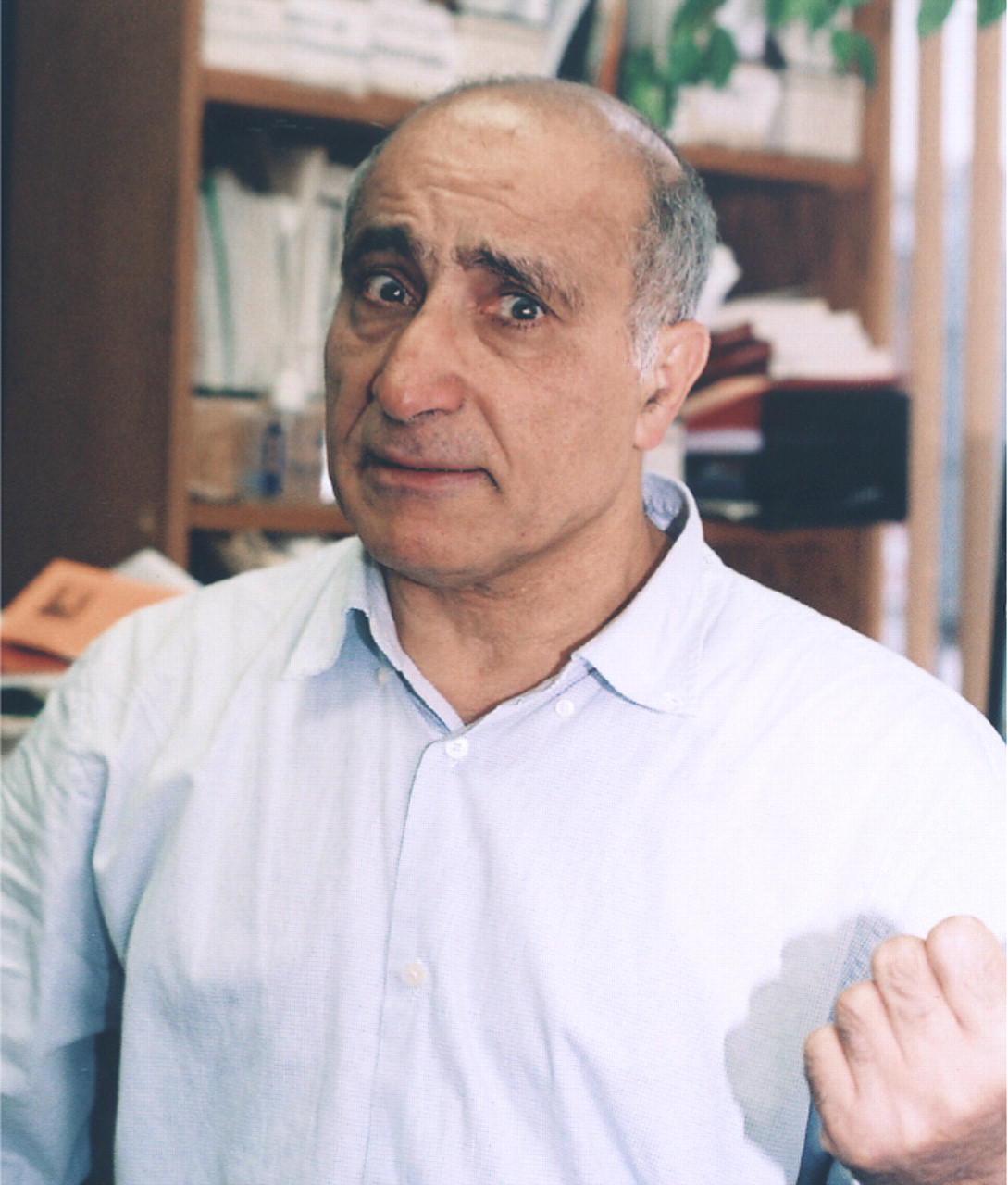Strategies for Surviving Torture

While they were being tortured or imprisoned, Ezat Mossallanejed, Ph.D., and his prison mates used a number of strategies to survive and keep their sanity, he explained in his book, Torture in the Age of Fear (Seraphim Editions, 2005). Here are some of them:
Physical activity. “In the four years I was in prison,” he wrote, “I discovered the value of regular exercise. It may sound trivial, but exercise is also a method of resistance, a way of regaining control over your life. [Also] if you are healthy, you are better able to withstand torture....Even when I was so badly injured that I could barely move, I made a point of flexing those parts of my body, such as my arms and my neck, which had not been injured.” | |||||
Task setting. “To do nothing in prison, day after day for four years, is to go mad,” he admitted. “My friends and I knew this, and so we would invent all sorts of distractions for ourselves. For instance, we would take out the less-cooked inner part of our bread, mix it with our saliva by chewing, and knead the bread for hours until we got a dough similar to Playdoh.” | |||||
Art. “I was not an artist,” he said, “but when it became necessary, I found myself capable of creating art in order to survive, and seeing the finished products in my hand gave me great joy. Such experiences help me to appreciate the Art Therapy Program of the Canadian Center for Victims of Torture” (see accompanying article). | |||||
Music. “I remember one particularly good singer who used to go to the bedside of a severely ill cellmate and sing the most beautiful songs. That inmate was a very young boy...who had been arrested at random and severely tortured by burning....The singing was one of the few things that seemed to make him happy.” | |||||
Storytelling and humor. “I myself have no talent for singing, and so in prison I learned to tell stories instead. I found that humor in particular was valued.... We could make ourselves feel better by making our oppressors appear ridiculous....[In fact] satire was a form of humor particularly suited to our situation, since it is as much about pointing out the absurdity and injustice of a system as it is about laughter. In this way it became another form of resistance, and it minimized the amount of power that our torturers and interrogators held over us.” | |||||
Love. The most important thing that helped Mossallanejed and his fellow prisoners survive was love, he emphasized. “I will never forget an engineer who became totally dysfunctional as a result of the tortures he had undergone. We made a desperate [yet unsuccessful] attempt to take him out of his self-imposed isolation....[Then] a man from his town was brought in... .The new inmate took it upon himself to wash the engineer's clothes and persuaded him to eat well....Within a period of two months, an unbelievable miracle happened. Our engineer was completely cured.” | |||||



